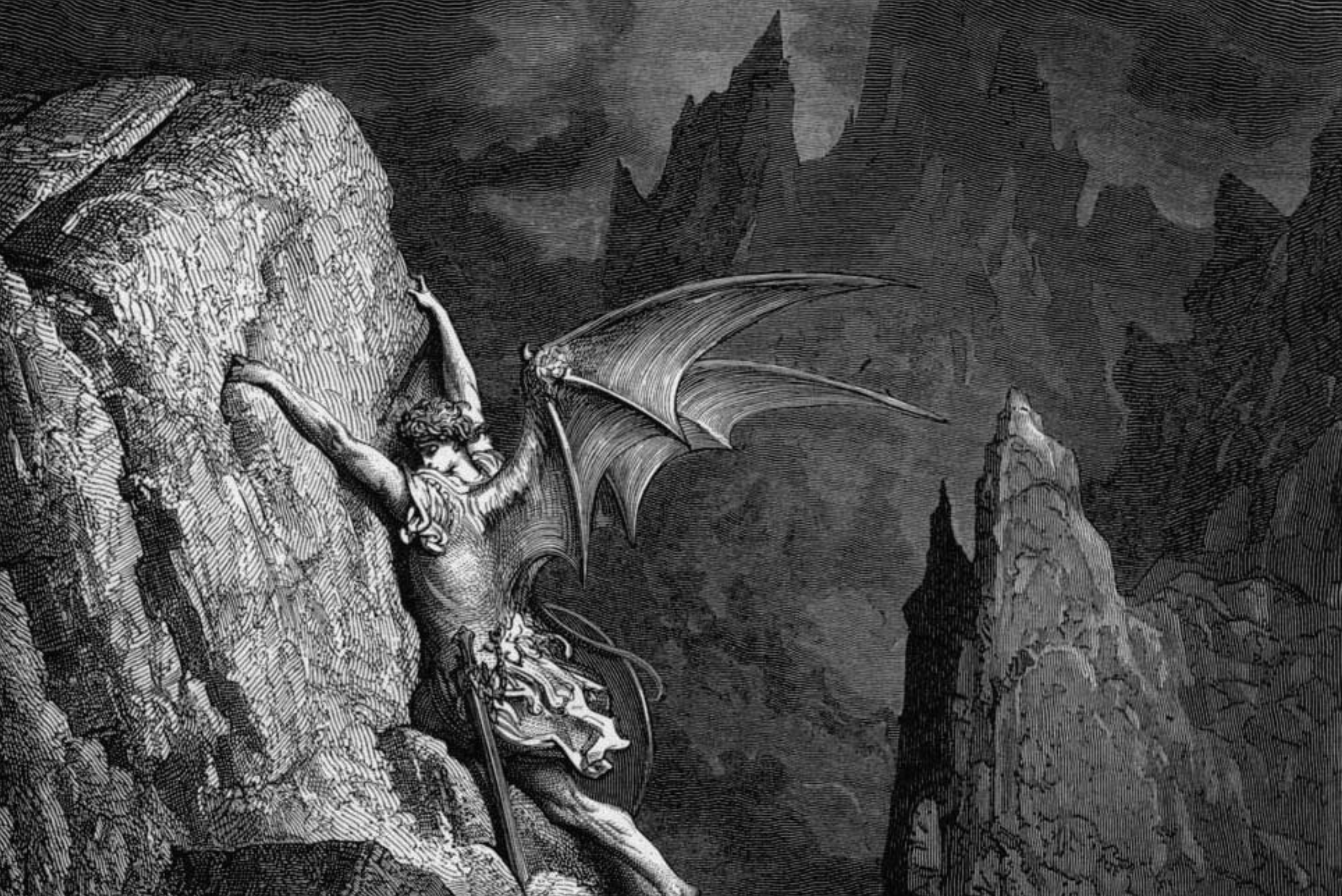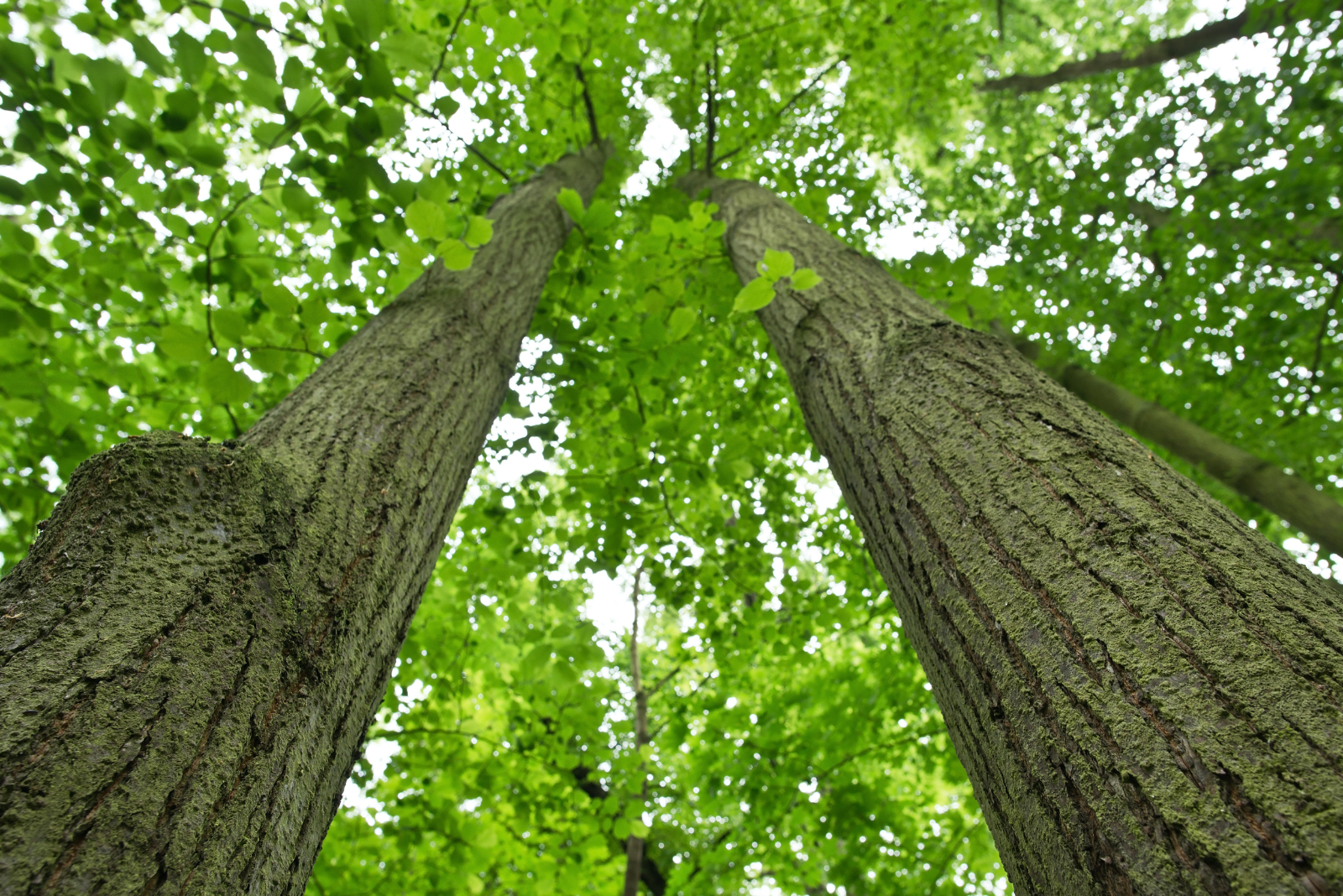When I was in New Orleans a couple of weeks ago, a friend got to telling about the neighbors along her block. One of the more memorable characters was a woman who invited the whole street to her sixtieth birthday party–a party that started at 11pm. Another of her neighbors was a young woman who had late-stage cancer. When she was finally done with hospitals and went home to die, her family came down from whatever northern state they lived in and painted her house for her–blue and purple and white with gold trim. “It was so beautiful,” my friend said. “There is a beauty that goes beyond taste.”
That phrase stuck with me–“a beauty that goes beyond taste.” For one thing, the phrase exposed me utterly. My first reaction to the purple paint and gold trim on one of those lovely old New Orleans houses was, “How tacky.” But if a dying woman wants purple walls and gold trim, and the people who love her most give them to her, tacky is an odd judgment indeed. I’ve been doing some soul-searching, I don’t mind telling you.
There truly is a beauty that goes beyond the narrow confines of taste. That beauty–and our longing for it–is a clue to what it means to be a human being. We are the creatures who make things more beautiful than they have to be. (I’m still thinking about those gorgeous cave paintings from last week’s letter).
I have borrowed that language of “making things more beautiful than they have to be” from the writer Elizabeth Gilbert. I recently listened to her conversation with Krista Tippet on the On Being podcast. I commend that episode to you. In it, Gilbert discusses the dangers of thinking of art and creativity as things that only special people do. When you think that way, she says, art “becomes something that isn’t part of daily life; it’s not embroidered within you, not a natural part of you. It’s this artificial thing that you have to go get expensive training in.”
But, as Elizabeth Gilbert points out, no four-year-old boy has ever sat in front of a pile of Legos and said, “I just don’t have the creativity to make anything out of these Legos,” or “I’m not even going to try, because last week I made a Lego sculpture that was so good, I know I couldn’t do so well again today.” If you put crayons and a piece of paper in front of a toddler, she’ll know exactly what to do with them.
My friend Andrew Peterson goes on the occasional rant against the noun “creatives,” as used to describe a special class of people. We are all creative, just as surely as we all have a liver.
Exercising your creativity makes you more fully human. If that sounds too touchy-feely, let me put it this way: Creativity is one of the most important ways that you engage reality. We make things more beautiful than they have to be because the world is more beautiful than it has to be.
“The arts,” by the way, are a relatively small sliver of creativity, and not the most important sliver, either. Any act that brings truth, goodness, or beauty to light is a creative act. Friendship, hospitality, entrepreneurship, gardening, cooking, parenting–these are all acts of creativity (though these, too, represent only a sliver of the whole pie). They all say, “See? this world is more beautiful than you thought.”
Which brings me back to New Orleans. As my wife and I walked up and down those tree-lined blocks in Uptown New Orleans, admiring the beautiful old houses, it was hard to imagine that any one of them might be beautified by purple and gold paint. But there is a beauty that goes beyond taste. It’s true that this world has cancer and hurricanes and crime and corruption. But those aren’t the truest things. Genuine creativity reminds us that the status quo isn’t the same thing as Reality. This world is more beautiful than you thought.







